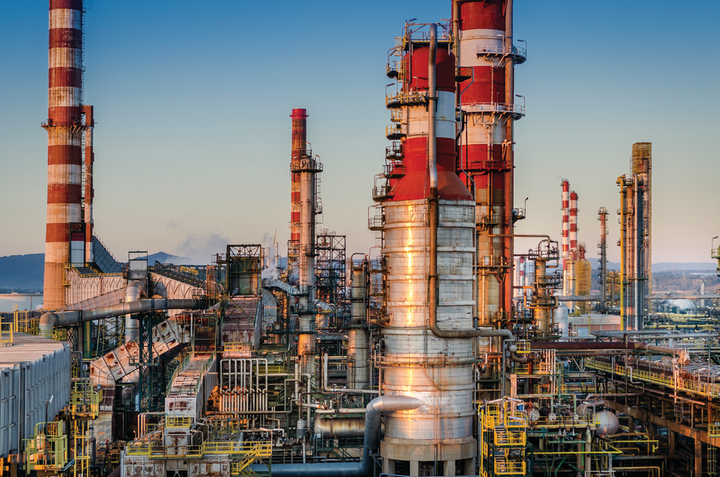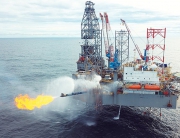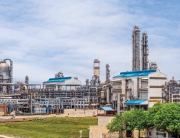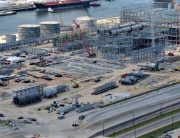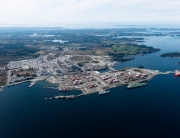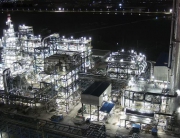Repsol SA has produced the first batch of biofuel for the aviation industry at its 186,000-b/d Tarragona integrated refining and petrochemicals complex along northeastern Spain’s Costa Daurada of the Mediterranean Sea.
Produced from a feedstock of unidentified biomass, Tarragona’s first 10,000-tonne batch of biojet fuel—equivalent to fuel consumption of 145 flights between Barcelona and Los Angeles—has a biocontent of less than 5% in compliance with international quality specifications and will enable the aviation sector to avert 630 tonnes of carbon dioxide (CO2) emissions into the atmosphere, which amounts to the typical volume of CO2 emissions of 55 flights between Madrid and Barcelona, Repsol said.
As part of Tarragona’s plan to produce its first batch of biojet fuel, numerous tests were conducted to determine the best feedstock for production based on a goal of meeting stringent requirements for Jet A1 fuels in terms of their performance at low temperatures. The operator said it also carried out multiple tests to establish the most suitable biofuel concentration as well as production unit for manufacturing of the sustainable aviation fuel.
Tarragona’s first batch of biojet fuel—which follows Repsol’s first production of sustainable aviation fuel for the Spanish market from its 150,000-b/d Puertollano refinery in Spain’s province of Ciudad Real, Castile-La Mancha, in July 2020—comes as part of the operator’s plan to increase biojet fuel production across its industrial complexes in Spain in alignment with the company’s overall decarbonization strategy, which includes initiatives for low-emissions fuels based on residues already under way at those sites, according to Repsol.
Repsol’s increased focus on production of low-emissions fuels comes in addition to projects the operator has already rolled out in energy efficiency, low-emissions electricity generation, renewable hydrogen, circular economy initiatives, synthetic fuels, as well as CO2 capture, use, and storage, representing one of the company’s primary lines of action under its 2021-25 strategic plan to achieve the goal of net-zero emissions by 2050.
Repsol said its overall process for transforming its industrial complexes into multienergy hubs capable of generating products with low, zero, or even negative carbon footprints relies on four main pillars, including energy efficiency, the circular economy, renewable hydrogen, and CO2 capture and use.
Tarragona complex overview
Located on more than 500 hectares, Repsol’s Tarragona operations include:
- The integrated refining and petrochemicals complex.
- An LPG treatment plant that, following ongoing upgrades, will be able to deliver 482,000-tonnes/year of LPG as fuel for the region’s domestic industrial and automotive markets.
- The Casablanca platform located 52 km offshore in Casablanca field, in the Tarragona-Ebro Delta region, which—through its six subsea wells—produces crude returned via pipeline to Tarragona’s maritime terminal to serve as one of the complex’s sources of feedstock.
Source: www.ogj.com


